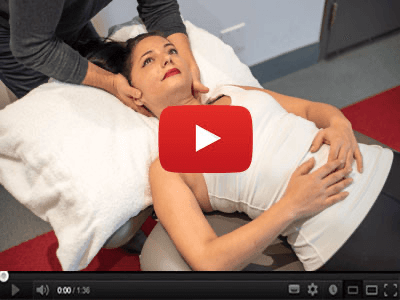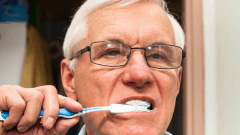prolong your career as a dental hygienist #shorts #ergonomics
Repetitive strain injuries are a common concern for dental hygienists due to the nature of their work. Given that the profession involves constant identical movements, various parts of the body can suffer, including the hands, shoulders, wrists, neck, spine, and hips.
These repetitive motions, over time, pose a significant risk, making injury prevention essential to sustaining a prolonged career without chronic pain.
The day-to-day tasks of a dental hygienist can inadvertently lead to ailments resulting from improper posture and repeated movements. Much of this strain is attributed to lack of ergonomic awareness, which can result in illnesses impacting the efficiency and longevity of a hygienist's career.
- Hands and wrists are vulnerable to carpal tunnel syndrome.
- The neck and spine need support to prevent long-term damage.
- Hips can suffer from imbalanced sitting positions.
Remember and adhere to past training on posture: sit up straight, maintain spine alignment, and regularly adjust your chair and equipment to suit your body needs.
"Head, shoulders, knees, and toes... I can still hear my dental hygiene instructors in my ear... sit up straight."
Dental hygiene professionals often recall the advice given during their foundational training—advice which remains relevant throughout their careers. Fundamental reminders, such as maintaining an upright posture, are key to preventing unnecessary strain.
Let these teachings be a beacon as you navigate your profession. This mindset will not only enhance longevity but also your overall health.
From Around The Web
Wellness Inbox is a blog & weekly newsletter that curates trending news and products related to health and wellness from around the web. We also gather content from various sources, including leading health professionals, and deliver it directly to you.
Please note that we may receive compensation if you purchase any products featured in our newsletter. Wellness Inbox is not affiliated with, nor does it endorse, any health professionals whose content may appear in our newsletter. The information provided is for general informational purposes only and should not be considered medical advice.
The information provided is not intended to replace professional medical advice, diagnosis, or treatment. All content, including text, graphics, images, and information available is for general informational purposes only. We do not guarantee the accuracy or completeness of any information presented and assume no liability for any errors or omissions. The content is subject to change without notice. We encourage you to verify any information with other reliable sources and consult your physician regarding any medical conditions or treatments.







